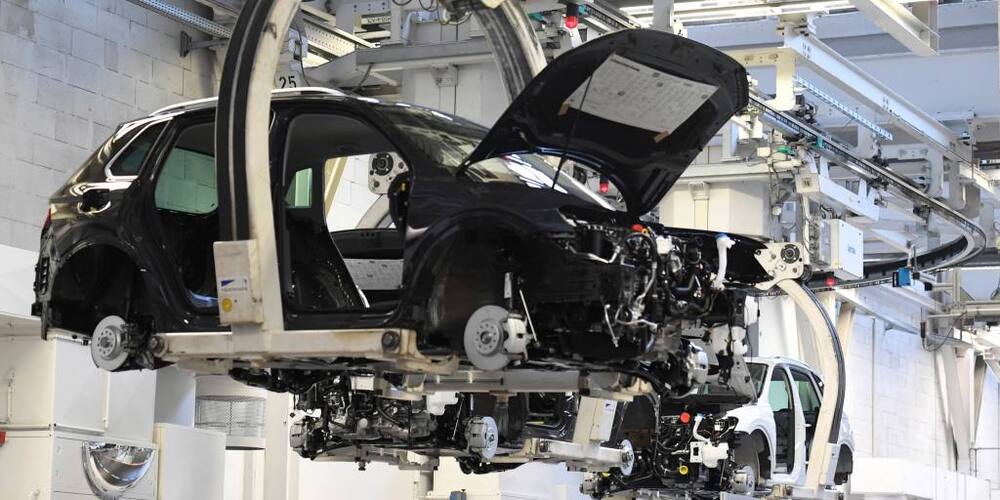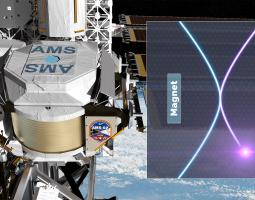Circa 2020
Unreal and beyond most of our trippiest dreams, the city of Dubai is a living, breathing sci-fi movie—firefighters in jetpacks, anyone? Now try adding an entire Martian city concept to that.
The United Arab Emirates is on the same wavelength as Elon Musk when it comes to colonizing Mars. They want an entire human population on the Red Planet within the next century. Architects from Bjarke Ingels Group were asked to design Mars Science City, a prototype for what is going to turn into a hyper-futuristic lab for the Mohammed Bin Rashid Space Center (MBRSC), which will keep developing space tech that will allow humans to stay alive on a frozen planet almost 80 million miles (40 on a good day) from Earth.









